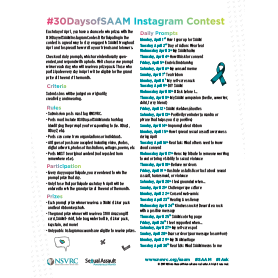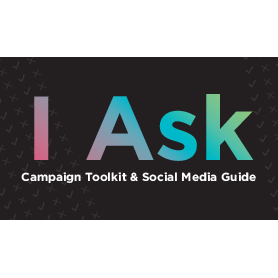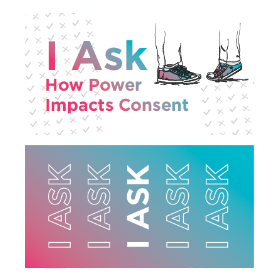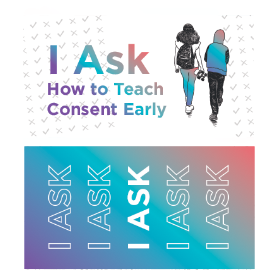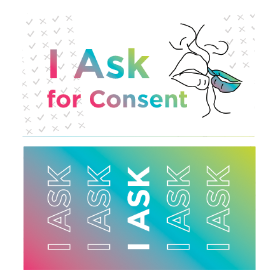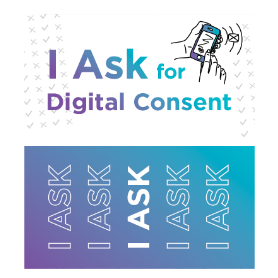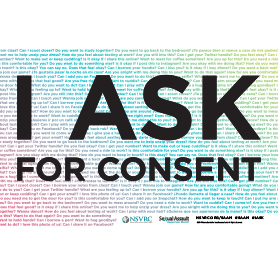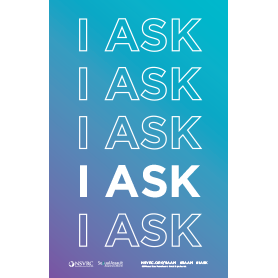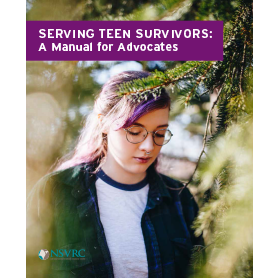The NSVRC collects information and resources to assist those working to prevent sexual violence and to improve resources, outreach and response strategies. This page lists resources on this website that have been developed by NSVRC staff.
- Enero 09, 2019
- Emily Bigger
Information for the 2019 #30DaysofSAAM Instagram contest including rules, a list of prizes, and prompts for each day in April. For best graphic quality, download the PDF and then print it out. Publish Date January 2019
- Diciembre 27, 2018
- Emily Bigger
The Event Planning guide for the 2019 Sexual Assault Awareness Month Campaign, I Ask. This guide goes into detail about how to plan a Sexual Assault Awareness Month Event. For best graphic quality, download the PDF and then print it out. Publish Date December 2018
- Diciembre 27, 2018
- Emily Bigger
The Campaign Toolkit and Social Media Guide for the 2019 Sexual Assault Awareness Month Campaign, I Ask. For best graphic quality, download the PDF and then print it out. Publish Date December 2018
- Diciembre 27, 2018
- Emily Bigger
I Ask How Power Impacts Consent Palm Cards and Handout looks at the way imbalances of power impact consent. For best graphic quality, download the PDF and then print it out. Publish Date December 2018
- Diciembre 27, 2018
- Emily Bigger
I Ask How to Teach Consent Early Palm Card and Handout instructs parents on how to model consent with children in late childhood and early adolescence. For best graphic quality, download the PDF and then print it out. Publish Date December 2018
- Diciembre 27, 2018
- Emily Bigger
I Ask for Consent Palm Card and Handout cover the basics of knowing how to ask for and recognize consent. For best graphic quality, download the PDF and then print it out. Publish Date December 2018
- Diciembre 27, 2018
- Emily Bigger
I Ask for Digital Consent Palm Card and Handout discuss the importance of consent in online interactions. For best graphic quality, download the PDF and then print it out. Publish Date December 2018
- Diciembre 26, 2018
- Emily Bigger
The Consent 2019 SAAM Poster promotes Sexual Assault Awareness Month. For best graphic quality, download the PDF and then print it out. Publish Date December 2018
- Diciembre 26, 2018
- Emily Bigger
The I Ask 2019 SAAM Poster promotes Sexual Assault Awareness Month. For best graphic quality, download the PDF and then print it out. Publish Date December 2018
- Diciembre 14, 2018
- Megan Thomas
This manual provides a brief overview on the unique issues young people who are sexual violence survivors face. Also included are tip sheets on working with teen survivors, information on confidentiality and mandated reporting laws, information on the teen brain, an annotated bibliography of recent research, and more. Publish Date 2018
Paginación
- Página anterior
- Página 25
- Siguiente página

